Recommended Weekend Reading
July 7 - 9, 2023
Here are our recommended reads from reports and articles we read in the last week. We hope you find these useful and have a great weekend. And let us know if you or someone you know wants to be added to our distribution list.
· “Saudi First” Belfer Center for Science and International Affairs, Harvard Kennedy School
This new paper examines how Saudi Crown Prince Mohammed bin Salman (MBS) has fought back against boycotts and criticism following the brutal killing of Saudi journalist Jamal Khashoggi. And along the way, Saudi GDP grew at a record 8.7 %, the highest of any G-20 nation. Oil prices remained high and non-oil revenue grew at 5.4%, well ahead of the 1.9% in 2016 before the launch of Vision 2030 reforms to try to wean the country off oil. Female participation in the Saudi labor force rose to 37%, surpassing the government goal of 30% by 2030. And unemployment which peaked at 14.9% in 2020, fell to 8% last year. Moreover, the Kingdom’s oil company, Saudi Aramco, recorded a $161 billion profit in 2022, the largest profit ever produced by a publicly listed company anywhere. And for the first time in nearly a decade, the government boasted a budget surplus of $27.68 billion. But MBS has also made significant changes in foreign and defense policy for the Kingdom, which could present significant changes for the region and the world.
· “Shaky China: Five scenarios for Xi Jinping’s third term” Mercator Institute for China Studies
In March 2023, Xi Jinping sealed a third term in power, heading both the Chinese Communist Party (CCP) and the Chinese state. In “Xi III,” China is entering a phase of increasing uncertainty. Three trends that shaped China in Xi’s first and second terms will remain particularly relevant: slower growth, external pressure, and increased centralization of power. Whatever path China takes will have serious implications for its own people and the rest of the world.
This study lays out five scenarios for China’s path over the coming years in order to help formulate strategic responses. The baseline scenario is a “Shaky China”, an unstable ‘status quo’ scenario, in which China’s economy, politics, and engagement with the world follow the trends seen at the outset of Xi’s third term in office. Significant changes in some of the underlying factors could create pathways to cross over into one of four more extreme scenarios detailed in the report.
· “Understanding China’s Gallium Sanctions” Center for Strategic and International Studies
On July 3, China’s Ministry of Commerce announced that it would impose restrictions on the export of gallium and germanium for reasons of national security. The move, widely seen as a response to U.S. restrictions on technology sales and transfers to China, targets key elements within the Department of Defense’s (DOD) supply chain. The announcement has sparked renewed concern in the United States about its dependence on critical mineral imports from China. However, current and future production capacities in Japan, Germany, and Australia undermine the power of this most recent Chinese economic swipe at the United States. This note answers why the sanctions matter and, more importantly, why does gallium nitride matter?
· “Can India Rupture the Semiconductor Market?” National Interest
In June 2023, India announced its decision to reopen the application process for businesses interested in constructing new semiconductor fabrication plants (commonly called fabs). The process will be undertaken by a new government agency, the India Semiconductor Mission (ISM), within the Ministry of Electronics & Information Technology (MeitY). But a critical component of India becoming a major player in the semiconductor industry is reliance on Taiwan – making the risk of China potentially invading the island of serious concern to Indian Prime Minister Modi.
· “The Evolution of Working from Home” Stanford Institute for Economic Policy Research
Working from home rose five-fold from 2019 to 2023, with 40% of US employees now working remotely at least one day a week. The productivity of remote work depends critically on the mode. Fully remote work is associated with about 10% lower productivity than fully in-person work. Challenges with communicating remotely, barriers to mentoring, building culture, and issues with self-motivation appear to be factors. But fully remote work can generate even larger cost reductions from space savings and global hiring, making it a popular option for firms. Hybrid working appears to have no impact on productivity but is also popular with firms because it improves employee recruitment and retention. Looking ahead, we predict working from home will continue to grow because of the expansion in research and development into new technologies to improve remote working. Hence, the pandemic generated both a one-off jump and a longer-run growth acceleration in working from home.
Graph of the Week
Russia’s Shrunken War Machine
Much has been written – and Twitter is full of videos testifying to – the significant damage done to Russia’s military as a result of invading Ukraine. But by how much? Bloomberg published a graph this week showing the massive decline of key elements of Russia’s army. This comes as other reports are circulating that Ukraine may actually have more tanks than Russia. And it is estimated at least 260,000 Russian troops have been killed so far in the conflict. Regardless, the once mighty Russian Army has been dealt a serious – and likely long-term – setback:


